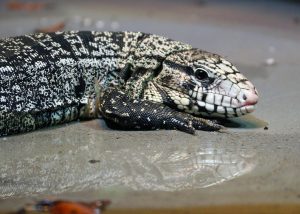Make a Difference: 2019 Beach Clean-ups
For more than 25 years, the Alliance for the Great Lakes has hosted Adopt-a-Beach events all over the Great Lakes to keep the shorelines healthy, safe and beautiful. In 2018 alone, more than 14,000 volunteers picked up 35,606 pounds of litter over the course of 900 cleanups.
The Splash Fund (a non-profit affiliate of the Greater Cleveland Aquarium) has hosted beach clean-ups in Cleveland since we opened seven years ago. This year, our beach cleanups are scheduled:
5/18 – 10am-12pm Perkins Beach (Edgewater) in partnership with Drink Local. Drink Tap.
6/15 – 10am-12pm Edgewater (main beach)
7/20 – 10am-12pm Edgewater (main beach)
8/17 – 10am-12pm Edgewater (main beach)
9/28 – 10am-12pm Perkins Beach (Edgewater) in partnership with Drink Local. Drink Tap.
The Cleveland Metroparks team does a terrific job of keeping big waste items off the beach, so what exactly gets picked up during these volunteer events? We mostly collect small plastic items including cigarette butts, water bottles, food containers, straws and cigar tips. Even though we are picking up primarily small pieces of plastic, we still remove around 100 pounds of garbage each of the mornings. We couldn’t do it without the help of hundreds of volunteers each summer. We show our gratitude for this effort by offering each volunteer one free post-event ticket to visit the Aquarium.
The easiest way to sign up for one of our beach clean-ups is to register here. It’s easy and fun and make a big difference. We hope to see you at the beach this summer!









